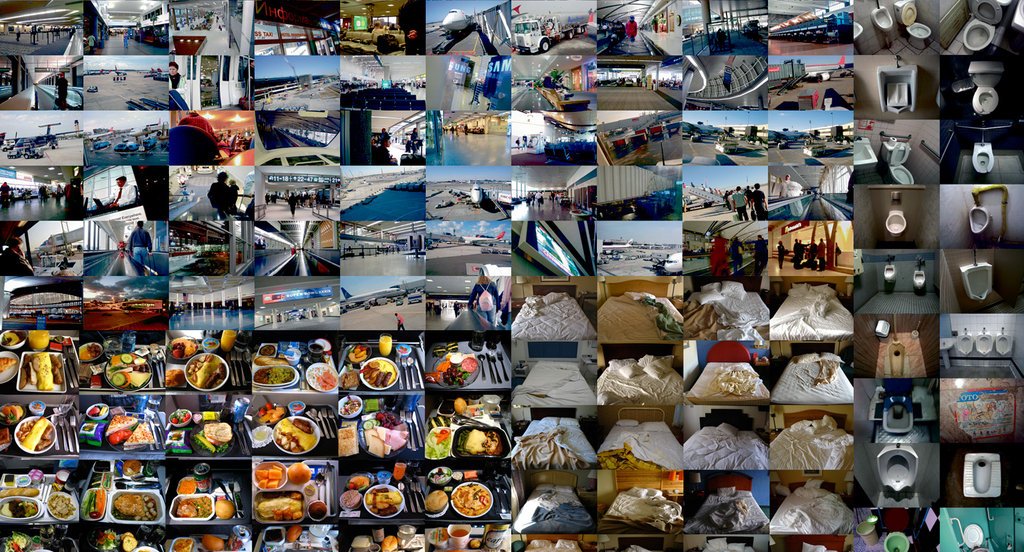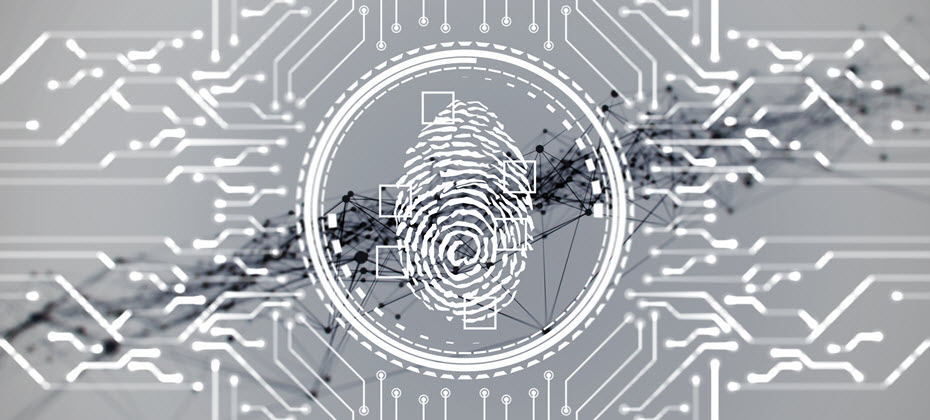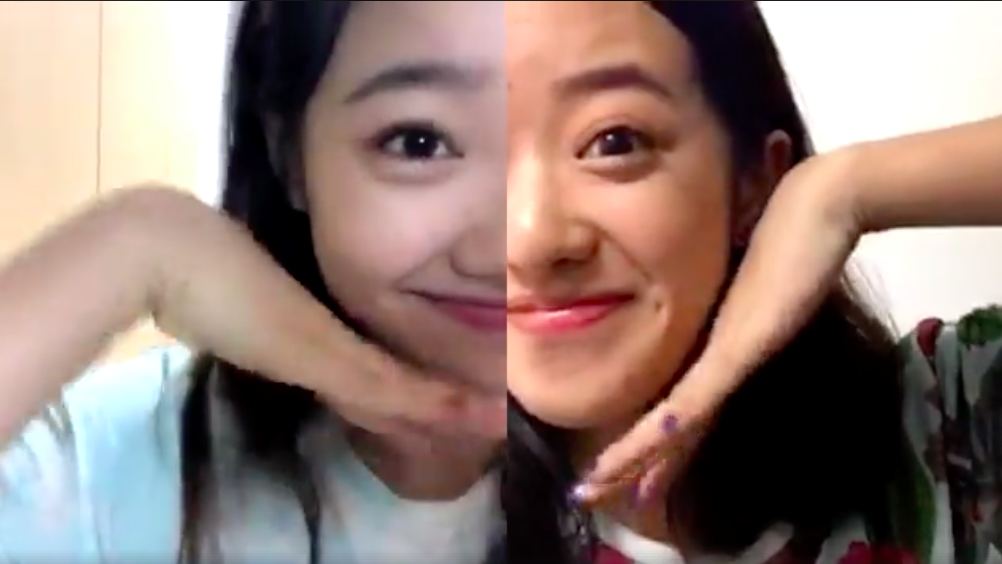Wittkower’s article, “A Reply to Facebook Critics,“ has made me reflect upon the living digital era and how users of Facebook has moulded their own individual digital identity. Facebook, an online social platform was created to allow the society to reach out, connect with others and voice our own opinions and views across the globe. However, we have turned it into something more, something real yet superficial in our lives. It acts as a mirror, reflecting our social behaviour and existence, revealing our likes and dislikes in the community. Moreover, the article brings out an important statement where being friends online has no meaning, as it may be that you are not friends in real life. I am sure all of us have those online friends where not necessarily we know each other in real life. This reflects the curiosity built within human beings, where we are all curious about each other. Surveilling ourselves, as well as each other. The lives we display in the digital world and online friends. Our lives are just like empty pages, everyday we are creating and documenting to fill up the book.
Another interesting point that Wittkower brought up was that one thing could mean thousands of different things or it could mean nothing to someone. Each of us see value in a variety of aspects. Who is what to say what is right and what is wrong. The norm in society just sets a standard where society could follow and share similarities with others in order to connect and feel ‘belongness’. Following on the psychology principle of socio-cultural, all human beings are social animals and has a need to belong. It may not necessarily apply to you as you could think otherwise. Living in a harsh and judgemental society whom may not be brave enough to voice out, this could lead to a creation of identity that may not be even true. Everything that is out there is not what it may seem. Just like Facebook, we post what we want to post to let others see and hide the things we do not want to show. We shape our profile in a certain way to be accepted in society. Or is it that the Facebook generation has shaped the way we are, what we want to share or hide, what we want our lives to look like in a profile page. Have we lost our true selves while creating a digital identity in a reflection of who we want to be but not necessarily who we are.
“The indeterminacy allows us users plenty of space to make things mean what we want them to. If there’s anything humans are good at, it’s creating meaning through social interactions.”
In 2002, Bangladeshi-born American Elahi was mistakenly associated with terrorist activities. He was returning from one of his frequent trips abroad when he was detained in the airport. The FBI opened an investigation on him, which they pursued for the next six months. Instead of panicking or resisting, he decided to collaborate by starting Tracking Transience, what he calls “a project in self-surveillance.” He documents the locations and minute details of his day-to-day activities, then makes them available to the public and the FBI on his website and in his art. Not only is Elahi giving visual and textual information but there is an independent third party, his bank, which verifies his location and time where these point cross-reference through his purchases.

In the interview between Hasan Elahi and Randall Packer, he states that what he post may not be what it seems.
“As artists, we try to create experiences. The end result of Tracking Transience is the experience of going through the information and realising the reversal that’s taken place. By telling you everything, I’m really telling you nothing. I actually live a private and anonymous life and that you know very little about me. Telling you one part of my story.”
This says everything; how we choose the side we want to show that may tell you nothing but just the surface. Elahi also questions that is the project still considered art if everyone, the billion people out there did it. He views art as a creative problem solving between the digital world and society. Tracking Transience 2.0, was to make a point, a conceptual work where the motivation sets it apart. He did not feel exposed as he was just like a spy agency spying on himself, and through this, watching became apart of entertainment. He also commented that artists has a responsibility of being a chronicler of what is happening immediately around their society.
After watching a TED talk by Hasan Elahi, Hasan Elahi vs. the FBI: The Art of Self-Surveillance, Elahi mentions that uploading and posting is not a big deal, it is something we all do in our daily lives, creating our own archives. To give someone information directly, it gives a different identity.
Through this project, Elahi brings a point where we have become a global society of surveillance and he has tapped into this phenomenon by giving up his data willingly and profusely on a daily basis by merging art and his daily life. Giving excess information to everyone and sharing everything which devalues private information. However, he is also able to access the logs of who is viewing him on his website. So who is watching who? As Elahi mentioned, has watching unconsciously become apart of entertainment in our lives? Is that why we ‘friend’ or ‘follow’ each other on social platforms, even though we might not know or have met each other in real life? Do we unconsciously compare and shape ourselves to fit within the digital norm in the need of belongness? Creating a digital identity that might not be what it reflects.
References:
Interview between Hasan Elahi and Randall Packer.
I share everything. Or do I?
https://www.ted.com/talks/hasan_elahi (TEDTalk: Hasan Elahi vs. the FBI: The Art of Self-Surveillance)
Wittkower, D. E. (2010). “Facebook and Philosophy: What’s on your Mind? A Reply to Facebook Critics,” Popular Culture & Philosophy

